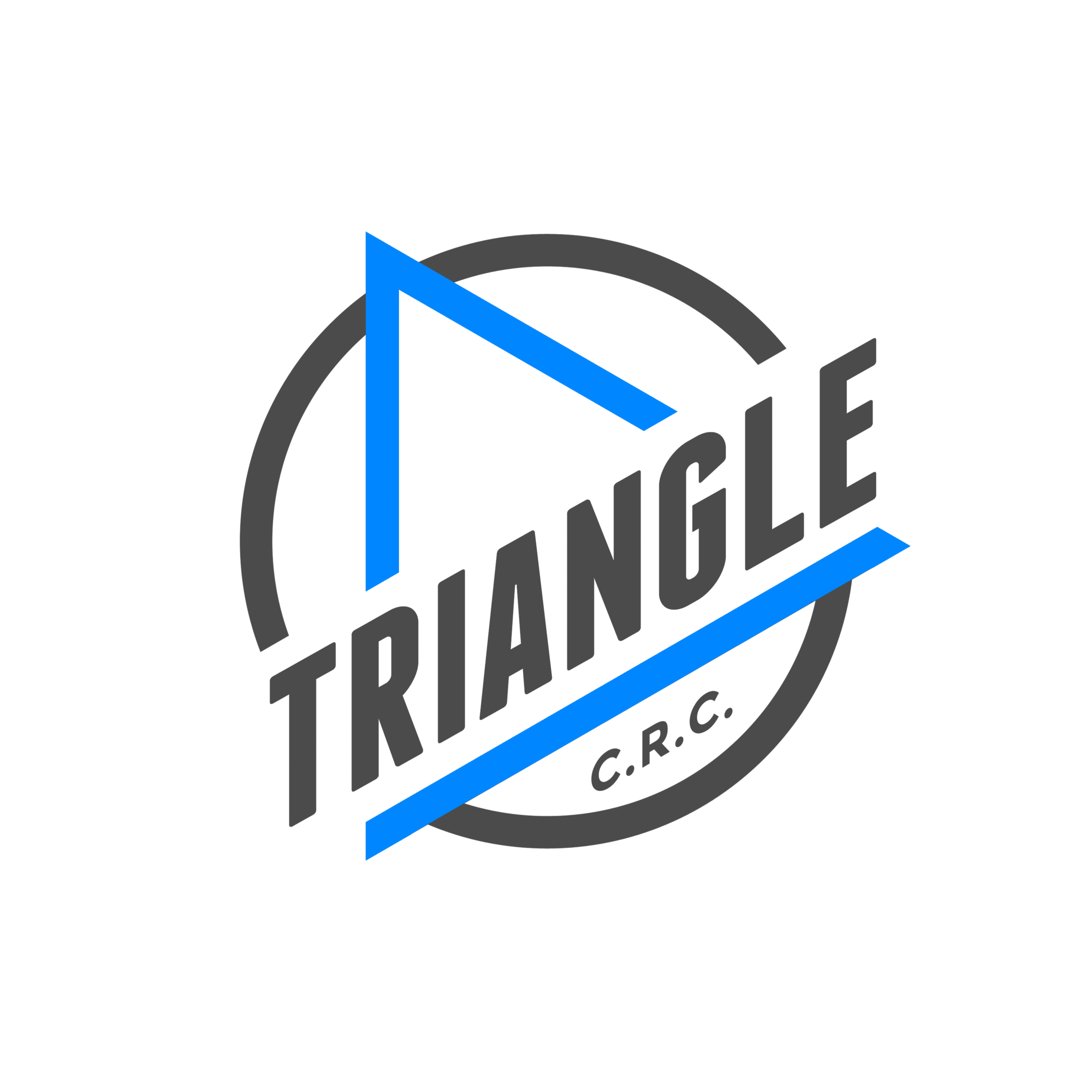McKenzie Method
Robin McKenzie was a New Zealand physical therapist who spent his career dedicated to the treatment of patients suffering from discogenic pain. In the 1950s, he developed the McKenzie Method, which is also known as the McKenzie Diagnosis and Therapy approach, or MDT. The approach is all about self-empowerment revolving around pain.
What is the McKenzie Method?
You may have heard of this type of physical therapy. People commonly mistake this method for a simple set of exercises done by an individual. However, MDT is a comprehensive self-treatment that involves assessment, treatment, and prevention. Although it involves self-treatment, it is best to learn MDT with the guidance of a physical therapist. The method is active rather than passive. Exercise is central to the method. It is not used with passive treatments such as ultrasound, medicine, shots, or heat/cold therapy.
Goals of MDT
The ultimate goal of the McKenzie Method is to return to function and self-manage pain for the rest of your life. You can also work towards minimizing the chance of recurring pain.
What type of pain does this method treat?
This method treats patients suffering from discogenic pain. This can include pain in the low back, neck, or extremities.
Patients who suffer from disc related pain tend to have both movement and function loss due to pain and physical barriers related to disc protrusion or herniations. When the center portion of a vertebral disc is under too much load, it bulges through cracks in the outer portion of the disc, sometimes resulting in pain. If this bulge puts pressure on the nerves surrounding the disc, it can cause radiating pain all the way down to the hands and feet.
If left untreated, this can eventually lead to loss of muscle strength and tone, as well as loss of sensation.
Through the McKenzie Method, patients can work on centralizing pain in the back. In general, back pain is considered to be more tolerable than leg or arm pain. Therefore, by centralizing the pain in the back, a patient can work toward resolving the cause of pain.
Exercises and classifications
This method involves classifying spinal conditions. This is part of the assessment stage. The classifications are based on symptoms and responses to procedures. The classifications are:
Postural syndromes– caused by specific postures or positions. This leads to back pain and soft tissue stress.
Derangement syndromes– caused by disc movement and vertebrae changes. This type of pain is only resolved through repeat movement.
Dysfunction syndromes– caused by stress on scar tissue. This limits the movement of a patient.
Depending on these classifications, a patient can determine what exercises are needed to relieve pain.
McKenzie Institute International
There is a world-wide institute for the McKenzie Method. Physical therapists and practitioners can go through the program to be certified in this pain-management method. To learn more, feel free to explore the McKenzie Institute website.
MDT AT Triangle Chiropractic and Rehabilitation Center
Dr. Mumma is dedicated to helping and empowering patients to get control of their pain and return to function. To learn more about our other chiropractic treatments or the conditions that we treat, contact us at our Raleigh, NC, office. Dr. Mumma will help you make changes in your body and your life.
